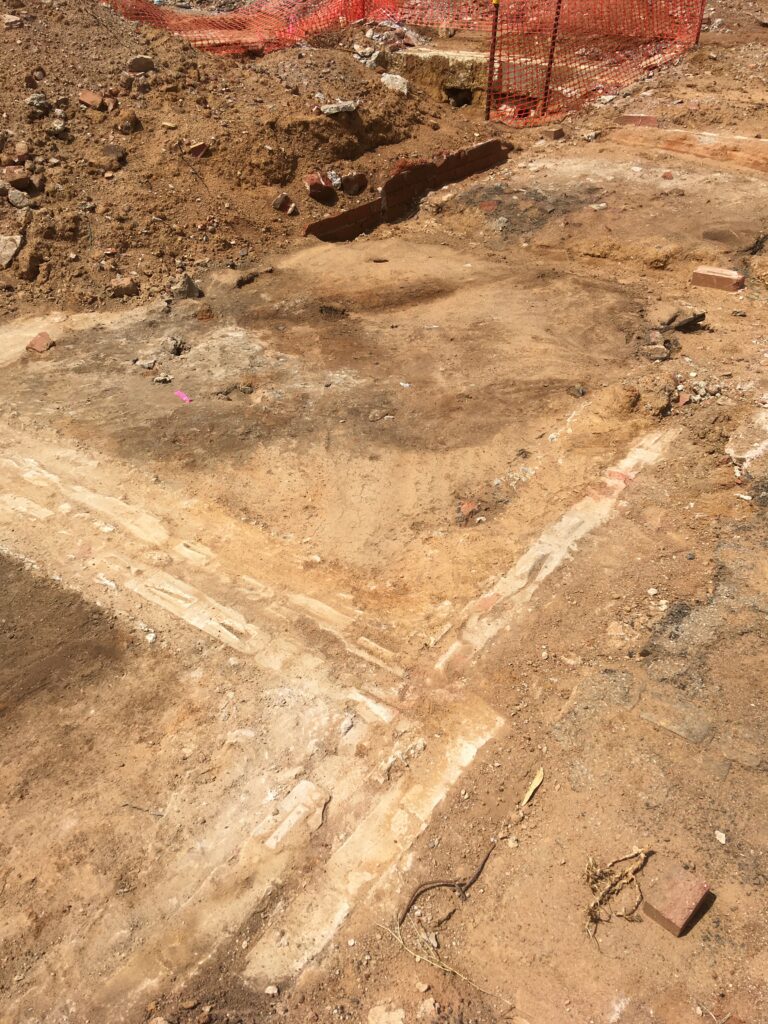Archaeological Conservation
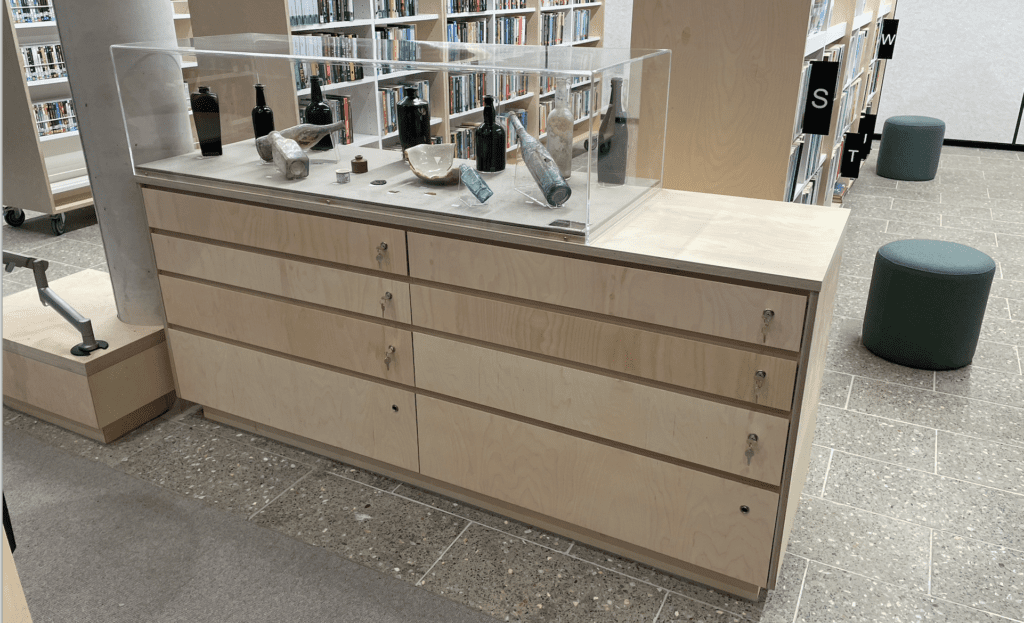
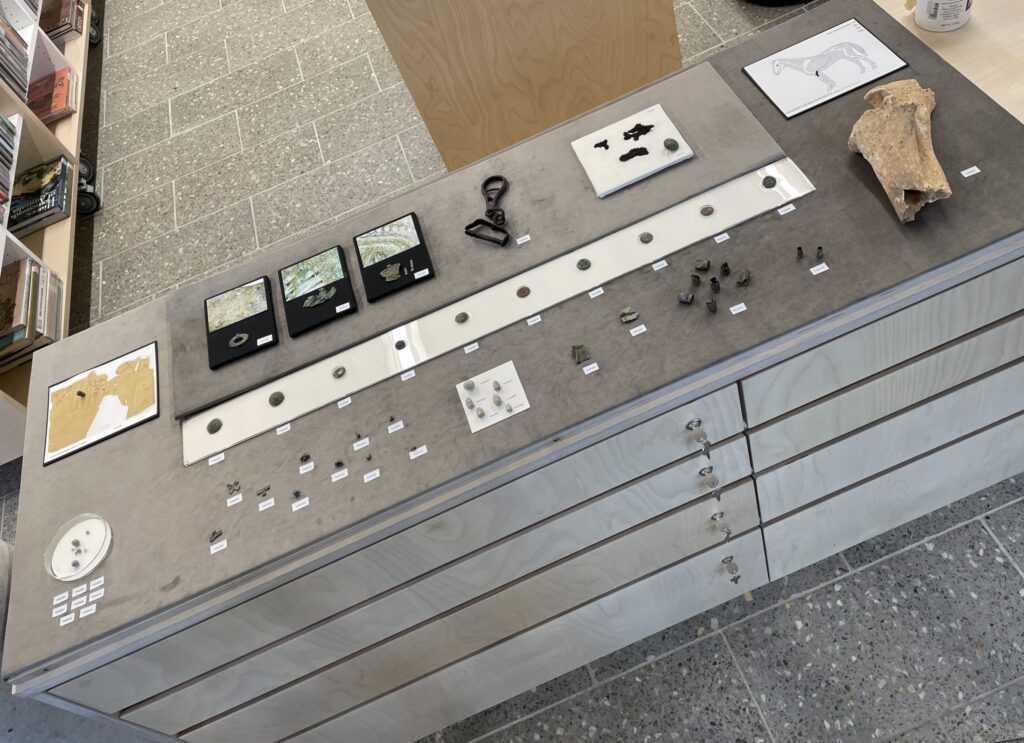
Conservation and Display of Archaeological Material from the site of the Lambing Flat Riots, Young.
Conservation stabilises an item, archaeological conservation has the same aim but is working in and on different conditions and materials. While in the ground, the environment is stable and the artefacts have generally stabilised within that environment. Once excavated and exposed to different and changing environmental conditions, artefacts can rapidly deteriorate. With a comprehensive understanding of both archaeology and conservation, Endangered Heritage can intercede in the deterioration process and stabilise artifacts of a multitude of material types before the research potential is lost.
Endangered Heritage also offers Finds Management, which is often integrated with archaeological conservation in the field, allowing a conservator to assess the conditions of the excavated objects as soon as possible, photograph the artefacts before any deterioration occurs, and advise on or do the storage of the objects to best stabilise them in their new environment.
The Archaeological Conservation Department at Endangered Heritage consists of two trained Archaeologists, who are also trained Conservators, along with Conservators of other specialisations working across varied departments.
Archaeological Conservation
Archaeological Conservation can cover everything from Ancient Egyptian Bronzes to Bakelite Plastic and everything in between. This makes it imperative to have a team with a range of experiences, who still have a comprehensive understanding of archaeological conditions.
The team at Endangered Heritage can ensure your objects are stable, repair fragments and prepare for display or storage whilst meeting museum and conservation standards.
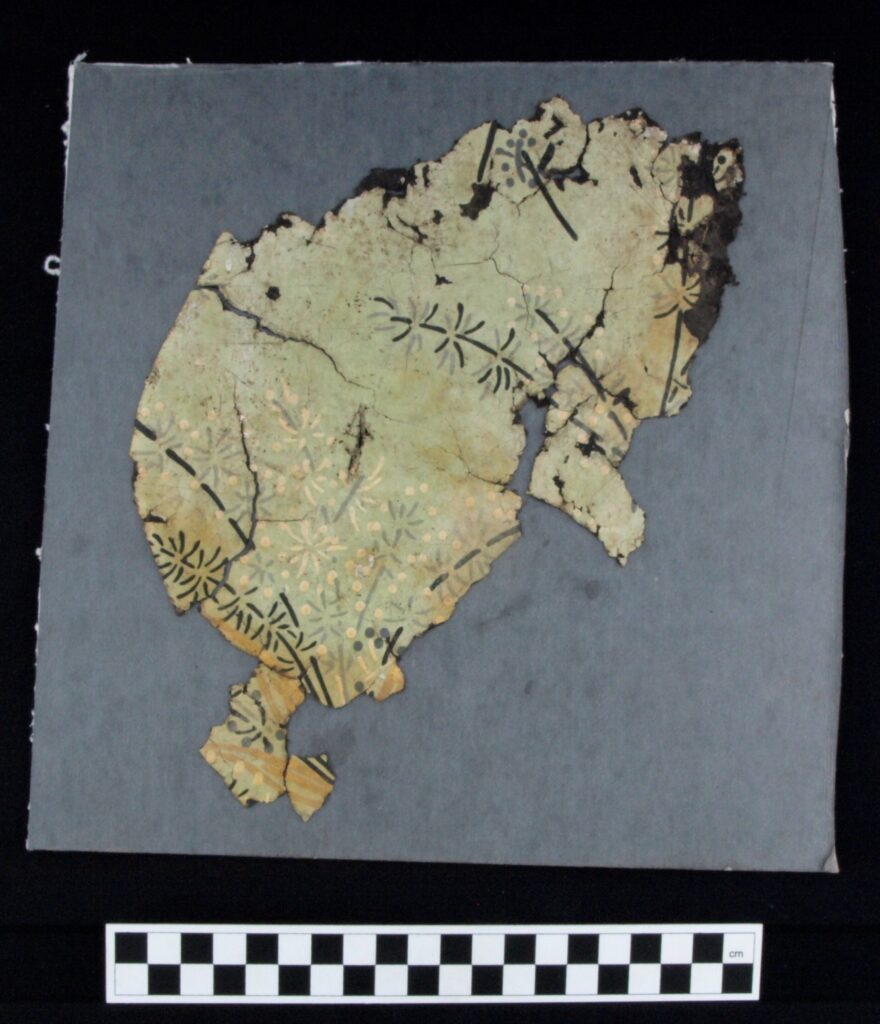
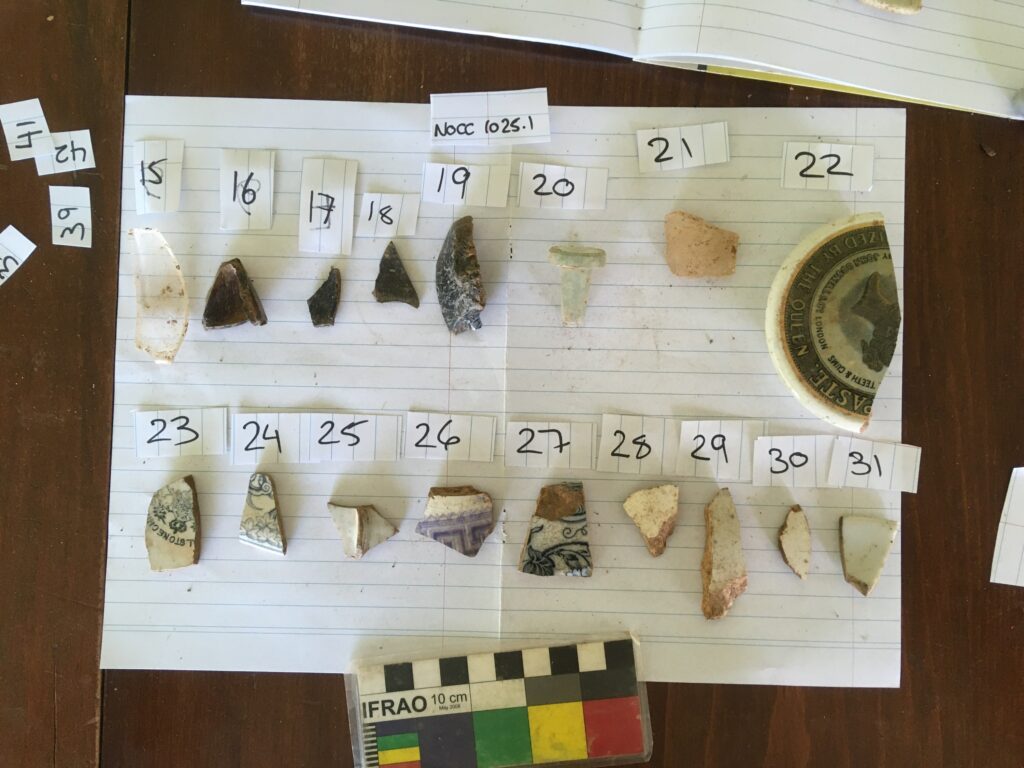
Finds Management
With the creation of a database of finds, the information gathered from an archaeological excavation can be utilised straight away. As part of this service, Endangered Heritage also dry brushes the finds to remove damaging dirt, and then stores the finds in archival materials to stop deterioration while still in the field and once in long term storage.
This also ensures that finds of particular interest are ready to be shown to stakeholders when needed.
Storage Advice
Archival storage is of paramount importance for archaeological finds as they have been removed from an environmentally stable condition and will be reacting and deteriorating rapidly as they try to re-stabilise.
These processes can be interrupted with the right storage solutions. However, each material type required different conditions.
The team at Endangered Heritage can advise you or your client on how to best store these archaeological finds.

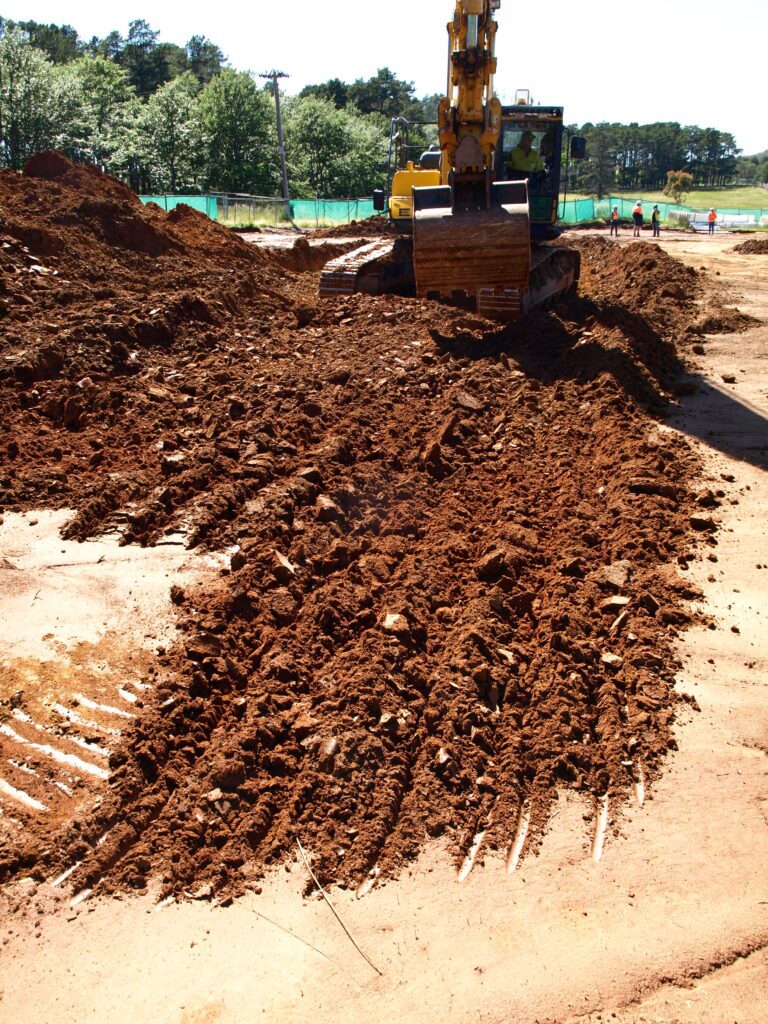
Archaeological Excavation and Monitoring works
Endangered Heritage has two trained archaeologists, with domestic and international experience working on both historic and indigenous sites, who are available to assist with any excavation needs.
Our team also has experience in monitoring work for infrastructure projects and are available to complement your team.
